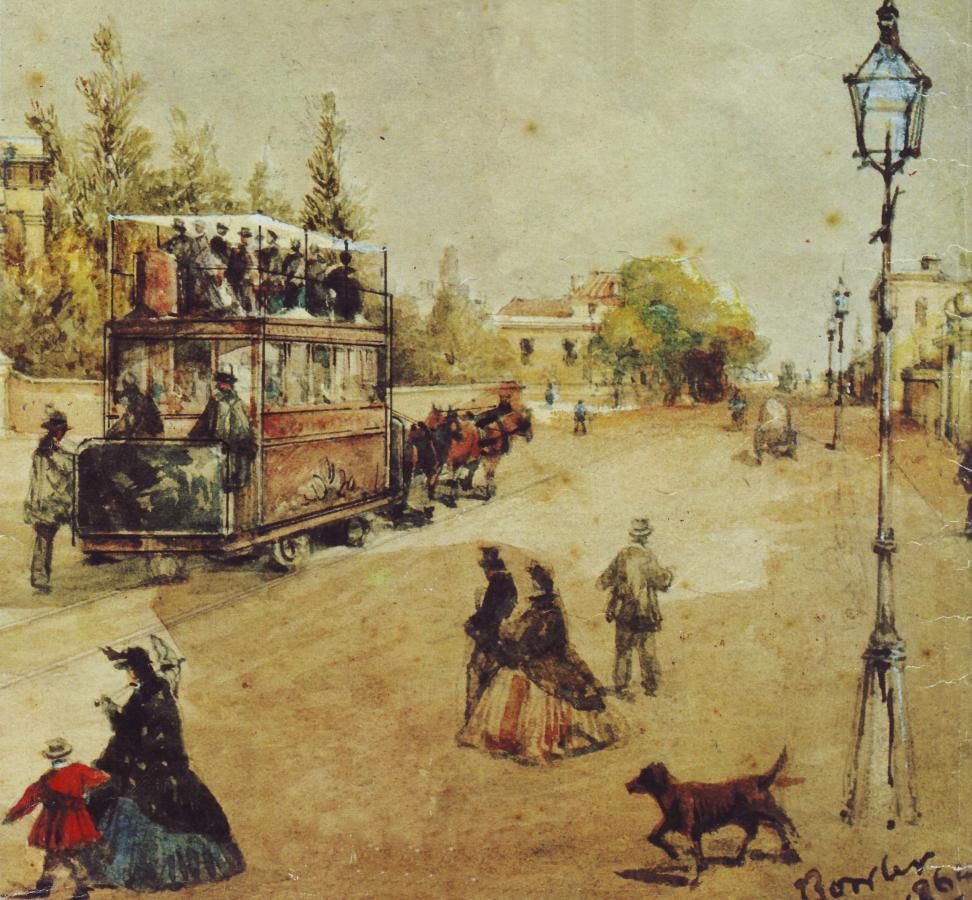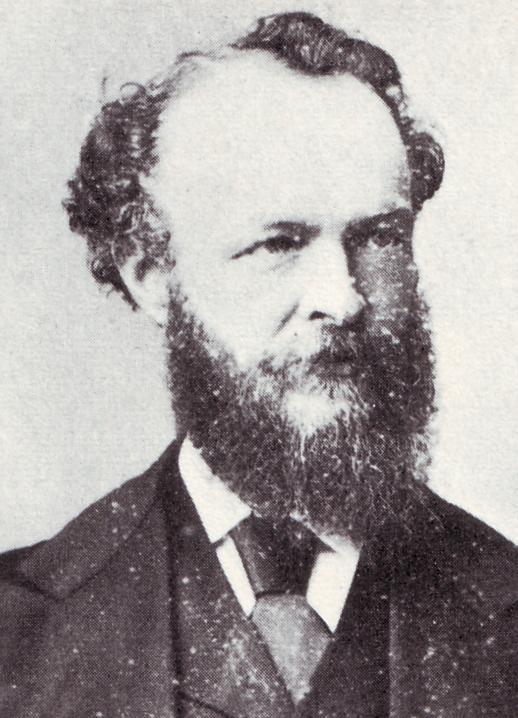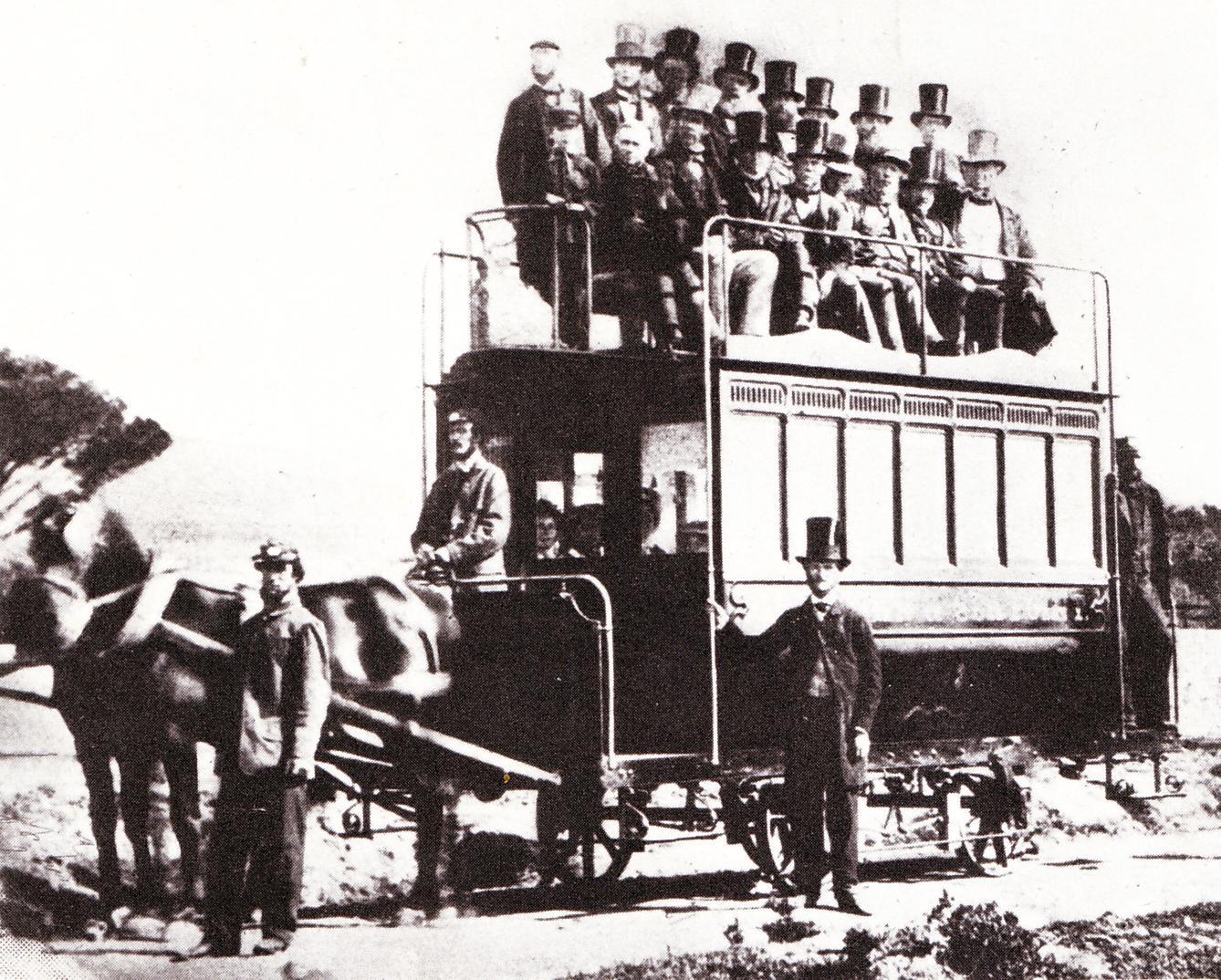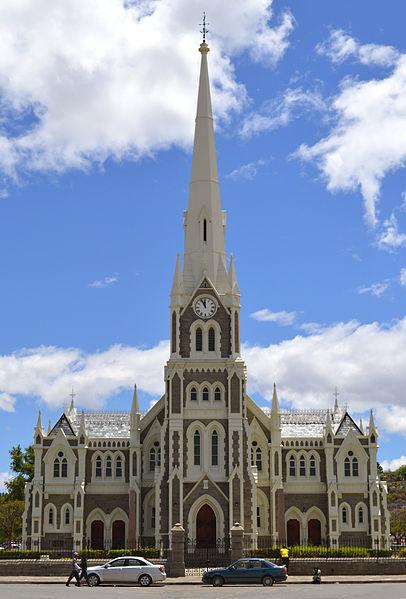
Disclaimer: Any views expressed by individuals and organisations are their own and do not in any way represent the views of The Heritage Portal. If you find any mistakes or historical inaccuracies, please contact the editor.
In present times the prospect of Bus Rapid Transit may be exciting the imagination, but the concept, and the public interest it has created is scarcely something new: in the 1850's there was a flurry of activity in the Cape Colony as tram transport became a definite possibility. The taxis of the time were the "omnibuses": horse drawn carriages, usually overcrowded, plying indefinite routes to irregular timetables in cutthroat competition with one another. To be fair, many performed a very useful function, providing a link with the outlying districts over unmade tracks in all kinds of weather. But the local services were less admirable. The Southern Suburbs of Cape Town were ripe for expansion, but the advantages of living in the countryside were offset by wage-earners having to travel daily to town in the uncomfortable, dusty and unreliable 'buses. The citizens, it was felt deserved something better. There were talks of railways but these required considerable capital investment and thus an extensive customer base.
Strangely for the times, the first campaigner for tramways in the Cape was a woman, Mrs Jane Silberbauer who edited a local newspaper, The Cape Chronicle. In 1860 she wrote glowingly about the benefits of the new form of transport recently introduced in England. Carriages on rails, she pointed out, could carry many more passengers, required fewer horses and provided a much more comfortable ride than the omnibuses. Her article was read by well-known businessman and public benefactor Henry Solomon. He was one of the most prominent residents of Sea Point, then a rather isolated and sparsely populated suburb which had little chance of affording a railway link. Within a short while he had formed a company of interested citizens, and he engaged James Bisset, a young engineer who had been assisting on the Cape to Wellington railway contract, to design a scheme for official approval.
James Bisset was born in Aberdeen, Scotland in 1836, the son of William Bisset. He trained under Professor Shelly of London University, and this was followed by an appointment with Fox Henderson and Co of Birmingham. After experience in England and on the continent he came to South Africa in 1858.
James Bisset
His scheme for a tramway through the centre of the city to the far end of Sea Point had to overcome many hurdles, and many modifications were necessary before the city fathers finally gave it the green light. The Legislative Assembly was similarly obstructive – it was a time when delegates from the Eastern Cape opposed any improvements for Cape Town on principle – but eventually the bill was passed into law in August 1861.
Sea Point Tram
Henry Solomon was appointed Secretary to the Green Point Tramway Company while Bisset was designated as General Superintendent. Besides drawing up plans for the permanent way and supervising construction, he designed the two coach cars which were built locally and were meant to carry 54 passengers in relative comfort – but would take up to 90 during rush hours when the demand was high. (Overloading is not a modern phenomenon!)
The grand opening took place on 1st May 1863, and the public soon took to the new facility. The company prospered despite several snags that arose when the public resisted the intrusion into their roadways. Routes had to be changed when it was found that the horses could not draw the loaded trams up the gradients in Strand and Shortmarket Streets, and several modifications were necessary to keep the fault-finding public at bay. But the passenger numbers grew, and to cope with the demand a third, larger tramcar was built, incorporating an improved braking system - designed by Bisset - better ventilation, and a more convenient stairway, which allowed ladies to ascend to the roof and be introduced to the pleasures of open-top driving.
But while Solomon and Bisset had set the project in motion with great flair, they seemed less suited to keeping it going efficiently. There were complaints about lack of maintenance of the roadways, and a petition was circulated asking the Municipality to pull up the offending tramlines. When shareholders objected to some accounting practices, Solomon summarily resigned and tossed the books to Bisset, who protested that he was an engineer and not an accountant. As the financial affairs of the company became more chaotic, Bisset resigned in March 1865. This did not improve the finances as a new accountant absconded with some of the cash. Eventually the fortunes of the Tramway Company recovered and it provided a service for many years before eventually becoming part of the giant City Tramways organisation.
Bisset meanwhile engaged in various local engineering projects, and his designs for the Dutch Reformed Church at Graaff-Reinet and Trinity Church at Port Elizabeth are tributes to his architectural skill. In 1871 he was appointed as Resident Engineer of Harbour and Public Works at Port Elizabeth. He built the railway from Port Elizabeth to Uitenhage and designed Port Elizabeth station, and in 1873 he built the line from East London to King Williams Town. He was an ardent proponent of the 3ft 6in. gauge eventually adopted for the South African system and he also promoted the use of wood from the Knysna forests for railway sleepers.
NG Kerk Graaff Reinet (Wikipedia)
In 1892 he retired from engineering and returned to Cape Town where he entered local politics and became Mayor of Wynberg. In this capacity he instigated construction of the Wynberg Power Station (which preceded the Cape Town installation by a few years) and the Wynberg water scheme, which led to the construction of three dams on Table Mountain and the first wastewater treatment works in South Africa. During the Anglo Boer War he saw service with the rank of major.
He married Miss E.M.C. Jarvis in 1862 and his descendants became well known in Cape legal circles. A son, Murray, practised with distinction at the Cape Bar and was invited to become a judge in Southern Rhodesia, where he subsequently became Chief Justice and was knighted for his services. Murray Bisset was also South Africa's second international cricket captain and led the country on several occasions between 1898 and 1912.
James Bisset died at his home in Kenilworth, Cape Town in 1918.
Tony Murray is a retired civil engineer who has developed an interest in local engineering history. He spent most of his career with the Divisional Council of the Cape and its successors, and ended in charge of the Engineering Department of the Cape Metropolitan Council. He has written extensively on various aspects of his profession, and became the first chairman of the History and Heritage Panel of the South African Institution of Civil Engineering. Among other achievements he was responsible for persuading the American Society of Civil Engineers to award International Engineering Heritage Landmark status to the Woodhead dam on Table Mountain and the Lighthouse at Cape Agulhas. After serving for 10 years on SAICE Executive Board, in 2010 he received the rare honour of being made an Honorary Fellow of the Institution. Tony has written manuals, prepared lectures and developed extensive PowerPoint presentations on ways in which the relationship between municipal councillors and engineers can be more effective, and he has presented the course around the country. He has been a popular lecturer at UCT Summer School and has presented five series of talks about engineers and their achievements. He was President of the Owl Club in 2011. His book "Ninham Shand – the Man, the Practice", the story of the well-known consulting engineer and the company he founded, was published in 2010. In 2015 “Megastructures and Masterminds”, stories of some South African civil engineers and their achievements was written for the general public and appeared on the shelves of good bookstores. “Past Masters” a collection of his articles about 19th century South African Engineers is also available from the SAICE Bookshop.
Comments will load below. If for any reason none appear click here for some troubleshooting tips. If you would like to post a comment and need instructions click here.



